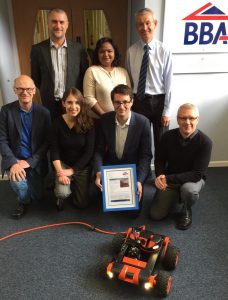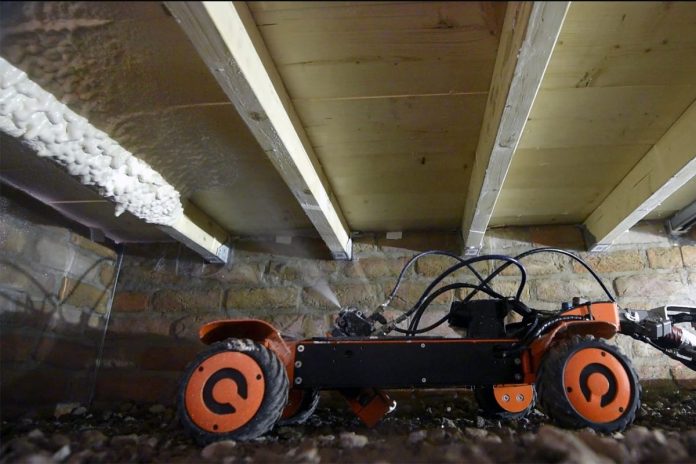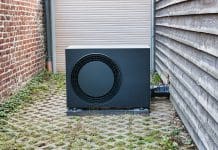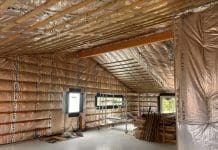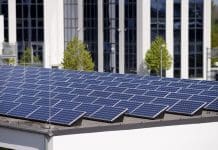Testing experts at the British Board of Agrément have certified the organisation’s first ever construction service delivered by a robot
The award-winning Q-Bot system uses compact remote-controlled robotic vehicles to crawl around floor voids applying polyurethane foam insulation to the underside of timber or suspended concrete ground floors of new and existing domestic and non-domestic buildings.
Q-Bot was tested by BBA experts at their laboratories in Watford, Hertfordshire, and on-site to confirm the system’s fitness for purpose. Working with the BBA, Q-Bot has developed a detailed training programme and fully accountable quality management system to ensure that each installation is delivered consistently and to the highest standards.
“We are delighted to issue Q-Bot with its Agrément Certificate (Number 17/5440i1),” said John Albon, Head of Approvals, Construction Products, BBA. “It is a revolutionary approach to improving the energy efficiency of older housing stock and hard-to-treat homes and is creating much interest in the market, particularly with social housing providers.”
Mathew Holloway, CEO of Q-Bot, added: “The award of the BBA Agrément Certificate demonstrates that Q-Bot’s process of insulating the floor is robust, meets all the requirements of the Building Regulations and can be consistently and reliably applied across millions of homes. The service will have a fantastic impact on local communities, generating employment as well as reducing fuel poverty and CO2 emissions. The BBA Certificate enables us to deliver these impacts at scale across the UK and overseas.”
As detailed by the Certificate, the Q-Bot system installation starts with a survey by trained installers to establish suitability. A 3D map is created, allowing the operator to assess and plan the installation, after which the remote-controlled SprayBot applies the polyurethane foam insulant to a depth of 100 to 150mm. The installation can be monitored, recorded and measured to ensure coverage and correct insulation depth.
This revolutionary approach has opened up massive opportunities to better insulate the UK’s housing stock. Post-installation monitoring of a Victorian property showed a 78% drop in heat loss through its floor, a 40% reduction in cold air infiltrating the house and an overall energy efficiency improvement of 24%.
